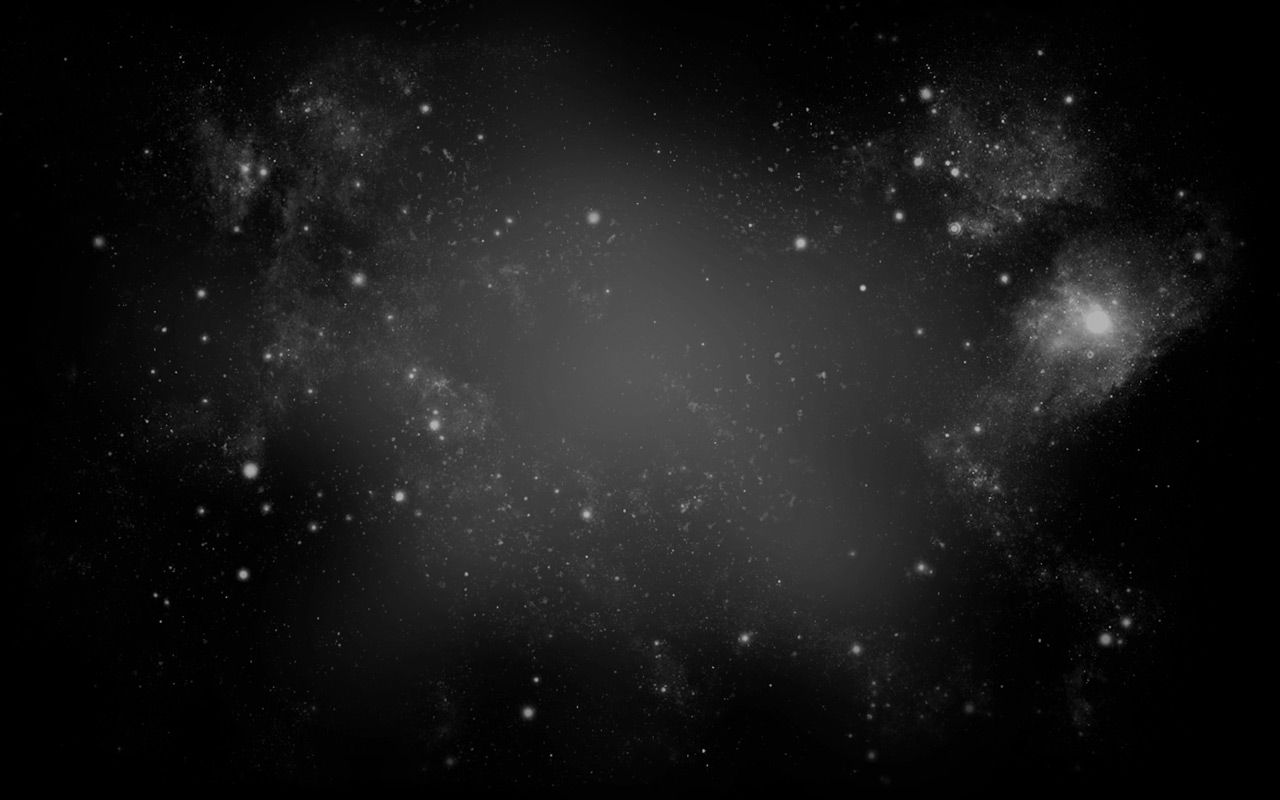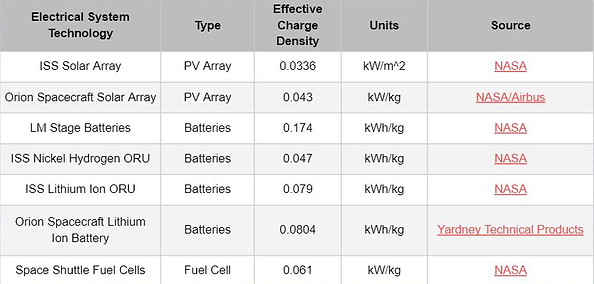

2028: The Great Return
Electrical analysis
Methodology
1. Take Existing and Well-Understood previously utilized technologies
2. Develop a Capacity Profile
- Effective Charge or Power Capacity / System Mass
3. Determine System based on Expected Module Load
4. Consider alternatives or newer technologies in development
- Take into account Design Considerations: Mass Constraints, Equipment Specs
5. Final Iteration: Module Electrical Power Generation System (EPGS)

Critical Considerations & Design Loads
Electrical systems are critical to space exploration, as it is a reusable means of powering the spacecraft. Since the lander must be prepared for launch in a few years, the group decided to opt for pre-existing power sources -- many of which is technology that can be found on either the International Space Station or the anticipated Orion Crew Capsule.

A Photovoltaic Array cannot be counted to support 100% of Module Electrical Load, as they do not provide enough power to supply the module. Batteries or fuel cells offer the most optimal means of supplying electrical power to the landing module, but both of those options need to be resupplied after each surface mission. The batteries could be recharged from the Gateway station, while the fuel cells could be resupplied from Earth or by creating fuel from chemical processes and materials in space.
Based on this knowledge, Lithium-Ion batteries similar to those found on the crewed Orion module will support 100-150% of the total mission load, while additional PV arrays will be attached to the side of the module to offset battery use whenever possible.
The constraints on the system include:
-
Mass Limit: 10,000 kg
-
Maximum Mission Time: 6 days
-
Factor of Safety: 1.5
-
Total Hours: 200 Hours
W Demand x 200 Hours = kWh Module Load

Design Optimization
The final system components will include a 1 square meter supplemental solar array similar to those that can be found on the Orion module. As stated before, a number of Lithium-Ion batteries supplied by Yardney Technical Products, those of which can also be found on the crewed Orion module.

The team has focused as part of the development of the Electrical Power Generation System (EPGS) on reliability and risk mitigation in addition to ensuring adequate power supply. Through the use of secondary batteries and the optional radioisotope thermoelectric generator, it is possible for our electrical system to provide sufficient electrical power to the module for a period of time in the event of a primary system failure. To this end, the team has planned to improve upon our original system design by removing the Orion module batteries as the primary power source but include them as a reserve power source by using battery charge/discharge units to regulate power to STELLA.

